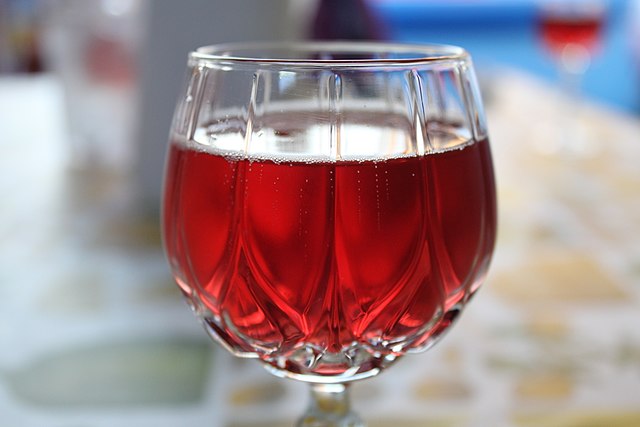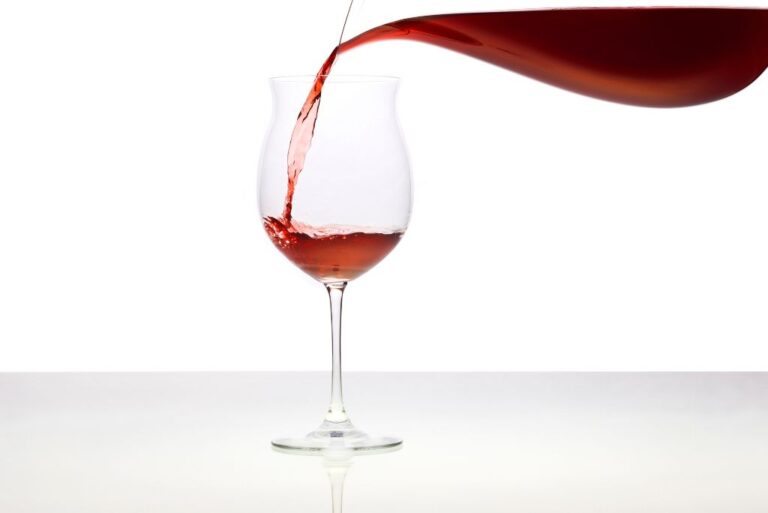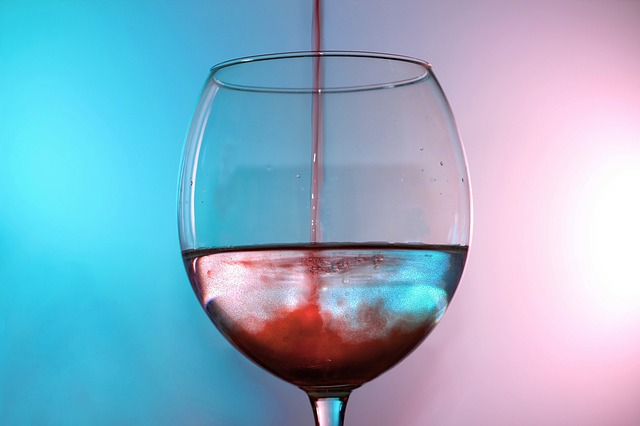Can You Cook with Lambrusco Wine? Here’s the Best Use Case
Lambrusco wine is a popular Italian sparkling red wine that is known for its fruity flavor and light effervescence. Many people enjoy drinking Lambrusco on its own or paired with light meals, but some may be curious about using it as an ingredient in their cooking. Can you cook with Lambrusco wine, and if so,…










